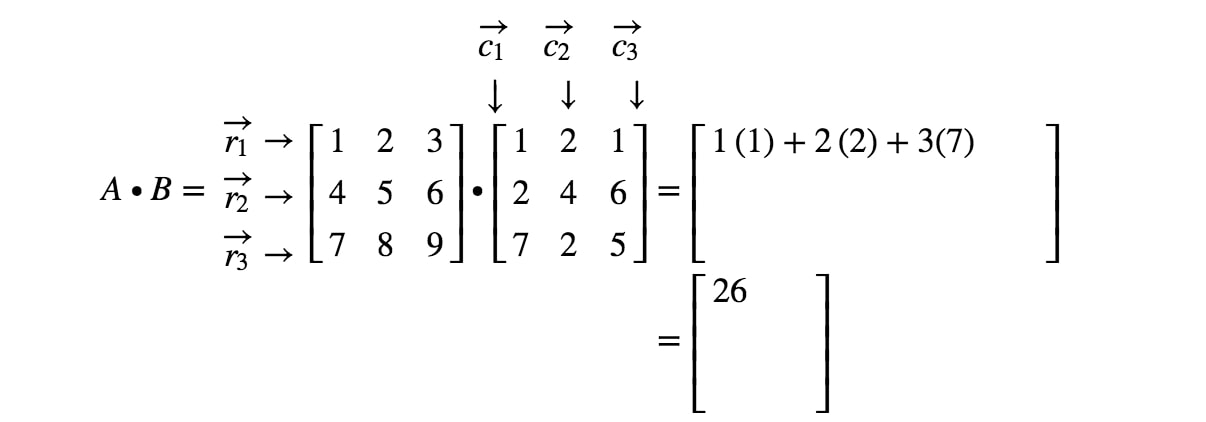When a beautiful stranger leads computer hacker Neo to a forbidding underworld, he discovers the shocking truth-the life he knows is the elaborate deception of an evil cyber-intelligence. If you want to but are too lazy to manage your goals, Focus Matrix is the best choice for you. Writing down your goals and you will be reminded on random time. Focus Matrix will refresh a new picture everyday. Please find the different from your life and the picture's. It can be your power to promote you to achieve your goals.
Focus Matrix 1.3.3 MacOS [Full]
Focus Matrix
The Focus Matrix application is a personal organizer based on the Eisenhower method. This method (created by D. Eisenhower, 34th President of the USA) uses a special matrix that helps to divide tasks into groups according to their urgency and importance. The application helps to focus on what is really important and not waste time on those tasks that can be painlessly delegated or postponed indefinitely.
Features:
- The ability to specify the date by which a task is to be completed.
- The ability to specify when to remind about the task.
- When the deadline is near, the task will be automatically moved to Urgent.
- Filtering of tasks by tags and statuses.
- Detailed reports by completed tasks.
- Password protection.
- Available for iPhone, iPad, and Mac.
- Features of the Pro version:
- Synchronization between devices.
- Integration with Calendar (synchronize tasks, deadlines, and reminders).
- Be Focused integration (synchronize tasks and their statuses, and you can start working on a task in Be Focused directly from the Focus Matrix).
Whats new:
- The 'Inbox' section added for the new tasks which are needed to be sorted by quadrants
- 'All day task' feature added to plan tasks for the whole working day
- Now you can sort tasks by title, due date or manually
- Added the ability to print task lists or save them to PDF
- Other multiple fixes and improvements
Also recommended to you War Robots
Requirements: OS X 10.9 or later 64-bit
Focus Matrix 1.3.3 MacOS – (9.4 Mb)
This example shows basic techniques and functions for working with matrices in the MATLAB® language.
First, let's create a simple vector with 9 elements called a.
Now let's add 2 to each element of our vector, a, and store the result in a new vector.
Notice how MATLAB requires no special handling of vector or matrix math.
Creating graphs in MATLAB is as easy as one command. Let's plot the result of our vector addition with grid lines.
Vellum 2 0 5. MATLAB can make other graph types as well, with axis labels.
MATLAB can use symbols in plots as well. Here is an example using stars to mark the points. MATLAB offers a variety of other symbols and line types.
One area in which MATLAB excels is matrix computation.
Creating a matrix is as easy as making a vector, using semicolons (;) to separate the rows of a matrix.
We can easily find the transpose of the matrix A.
Now let's multiply these two matrices together.
Note again that MATLAB doesn't require you to deal with matrices as a collection of numbers. MATLAB knows when you are dealing with matrices and adjusts your calculations accordingly.
Instead of doing a matrix multiply, we can multiply the corresponding elements of two matrices or vectors using the .* operator.
Let's use the matrix A to solve the equation, A*x = b. We do this by using the (backslash) operator.
Download wondershare dvd creator 5 1 2 2. Now we can show that A*x is equal to b.
MATLAB has functions for nearly every type of common matrix calculation.
There are functions to obtain eigenvalues ..
.. as well as the singular values.
The 'poly' function generates a vector containing the coefficients of the characteristic polynomial.
The characteristic polynomial of a matrix A is
det(λI-A)
We can easily find the roots of a polynomial using the roots function.
These are actually the eigenvalues of the original matrix.
MATLAB has many applications beyond just matrix computation.
Focus Matrix 1 3 3 X 3 3 3 3 3 What Is The Answer
To convolve two vectors ..

.. or convolve again and plot the result.
At any time, we can get a listing of the variables we have stored in memory using the who or whos command.
You can get the value of a particular variable by typing its name.
You can have more than one statement on a single line by separating each statement with commas or semicolons.
If you don't assign a variable to store the result of an operation, the result is stored in a temporary variable called ans.
As you can see, MATLAB easily deals with complex numbers in its calculations.

